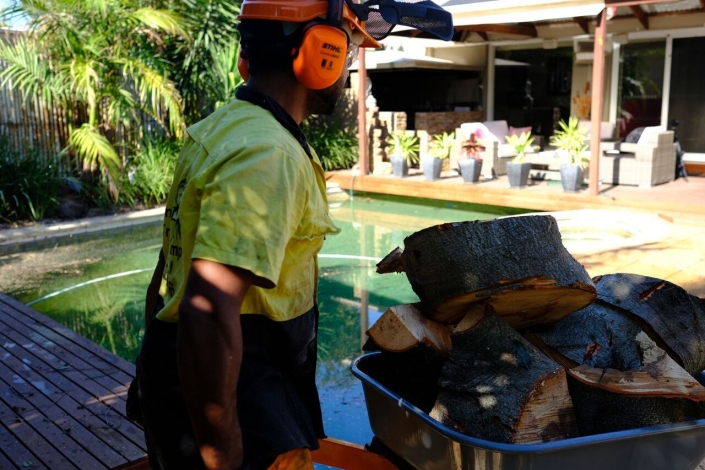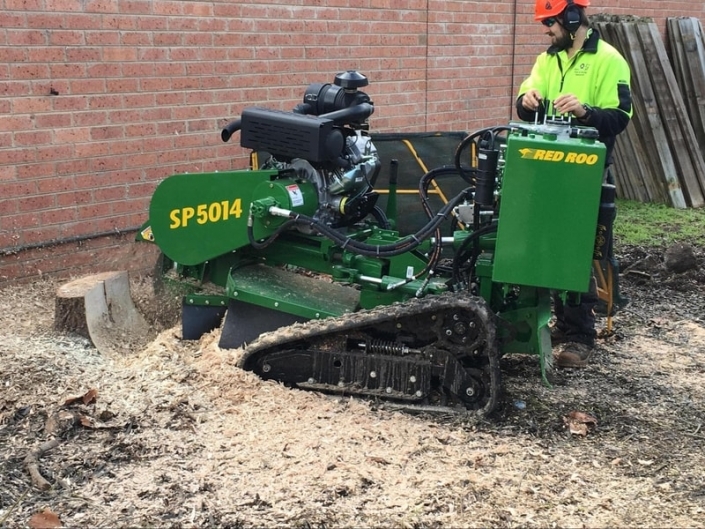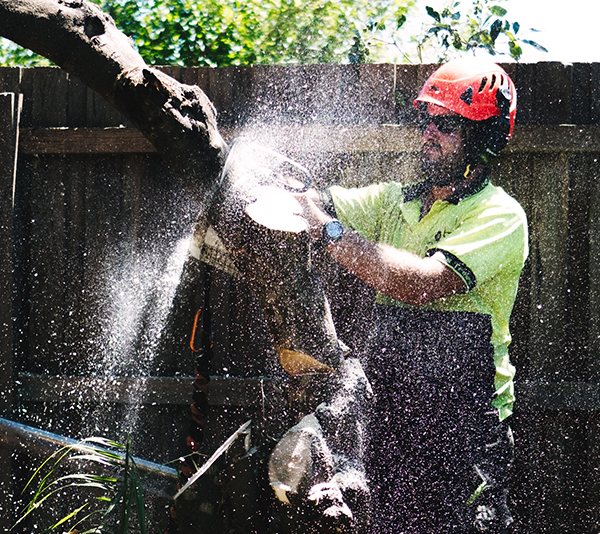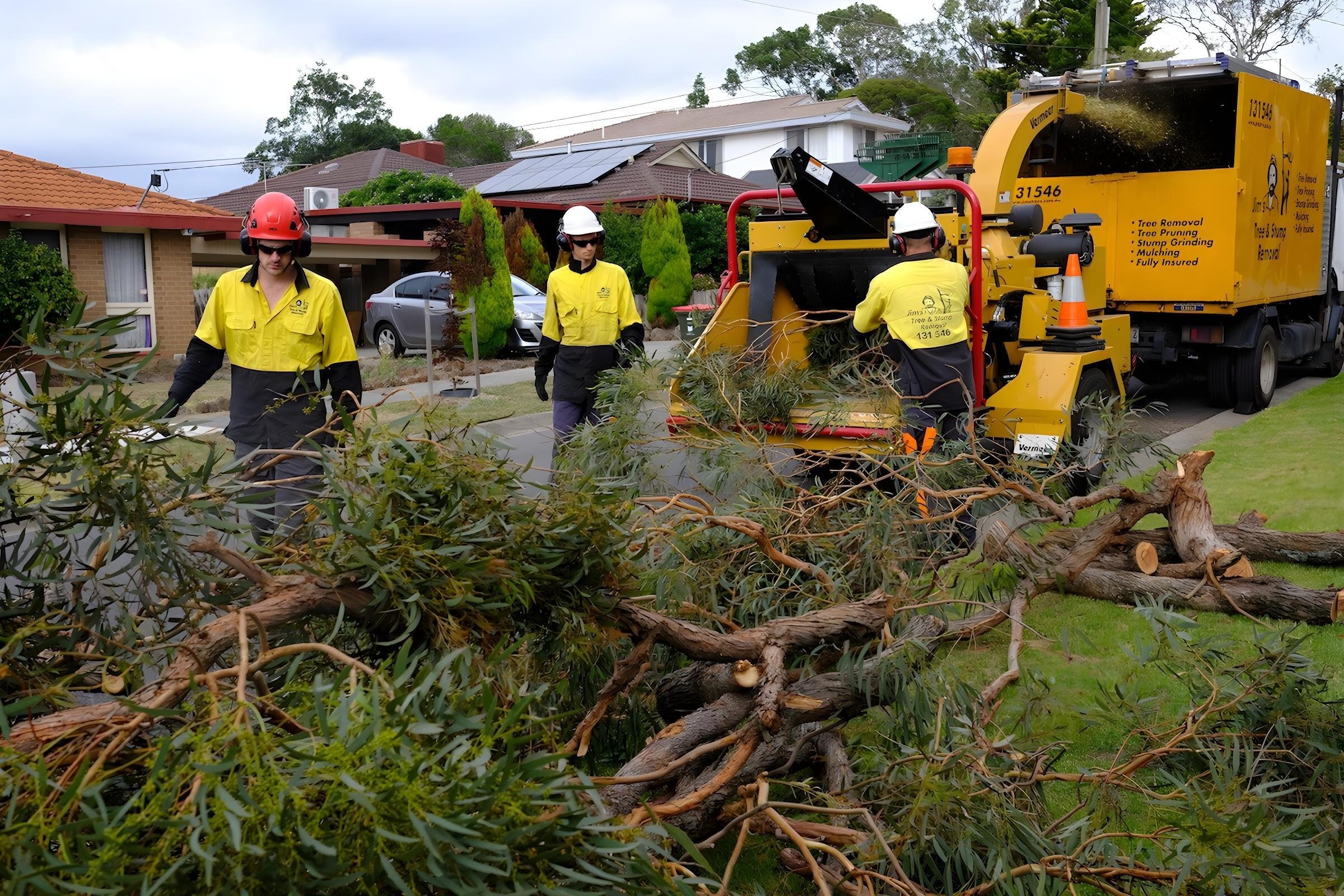
Guides to all Local Council Regulations
Navigating the many state and local laws that regulate pruning and removing residential trees throughout Victoria can be a tricky business. Each local council have their own specific set of rules, permits and application processes. The details of these are often obscured by technical language, spread among several legal documents and tucked away in large files somewhere on the council website. Despite the lack of clarity, these laws are important for all homeowners and residents to be aware of before commencing any significant treeworks, including substantial trimming or shaping.
Regular maintenance, through pruning, trimming, shaping, lopping and health assessments, is an essential part of keeping your trees healthy and safe. Each species requires different levels of care and attention. This regular upkeep can have a range of positive benefits for your home. Well kept trees not only look good, but won’t clutter your garden, your roof or your drains. Regular health assessments can also ensure that your trees are structurally safe and free of disease. While the need to maintain your trees is well known, local councils use tree protections to ensure that this is not done in a way that could harm the ecosystem or the character of the region. One common requirement of these protections is to have the work done by a qualified Arborist who will abide by Australian Pruning Standards – as all Jim’s Trees personnel do.
Tree removal is another important element of preserving a healthy ecosystem and a safe community. Trees that have deteriorated through age, disease, damage or neglect can become hazardous to any people, wildlife or property near them. From falling leaves, sticks and branches, to the entire body of a tree coming down, there are plenty of risks associated with trees in poor health. Cutting down trees however, is heavily restricted in all councils across Victoria. These restrictions are in place to ensure the preservation of the urban forest and to prevent unnecessary or irresponsible removal of healthy and beneficial trees. In most cases you will need to apply for a permit from your council in order to remove a tree, especially if it is a large, mature or native tree. These permits are often accompanied by application fees, however these fees are far outweighed by the fines that can be imposed for removing a tree without a permit.
Second to None Service
Obligation-free quotes
To provide a great service, we start by offering a free quote for every job, so you can enquire without commitments or obligations. The level of risk involved, the use of dangerous machinery, and the technical skills required means that tree services aren’t always cheap. To this end, we believe in transparency when it comes to the cost of a job and the prices we charge. That’s why we provide up front quotes for every job and have no hidden fees.
Comprehensive Insurance Coverage
No one likes to take on unnecessary risk. While the job of climbing up a dying tree and lopping from the top down is unquestionably dangerous, hiring someone to do it doesn’t have to be.
We take the financial risk out of tree removal in Melbourne by protecting our customers with comprehensive insurance coverage. We spare no expense in protecting every single job we do with an industry-leading $10 million insurance policy.
Tree Removal Permit Assistance
Whether you need full tree or just stump removal, you may require permission from your local council prior to the works. Our local crews are familiar with the council process and are happy to share any experience or knowledge they may have that could assist you with your application. We also have a collection of resources on local council regulation that can help you to navigate your local tree protection laws and permit application process.
Victorian Council Tree Removal Regulations
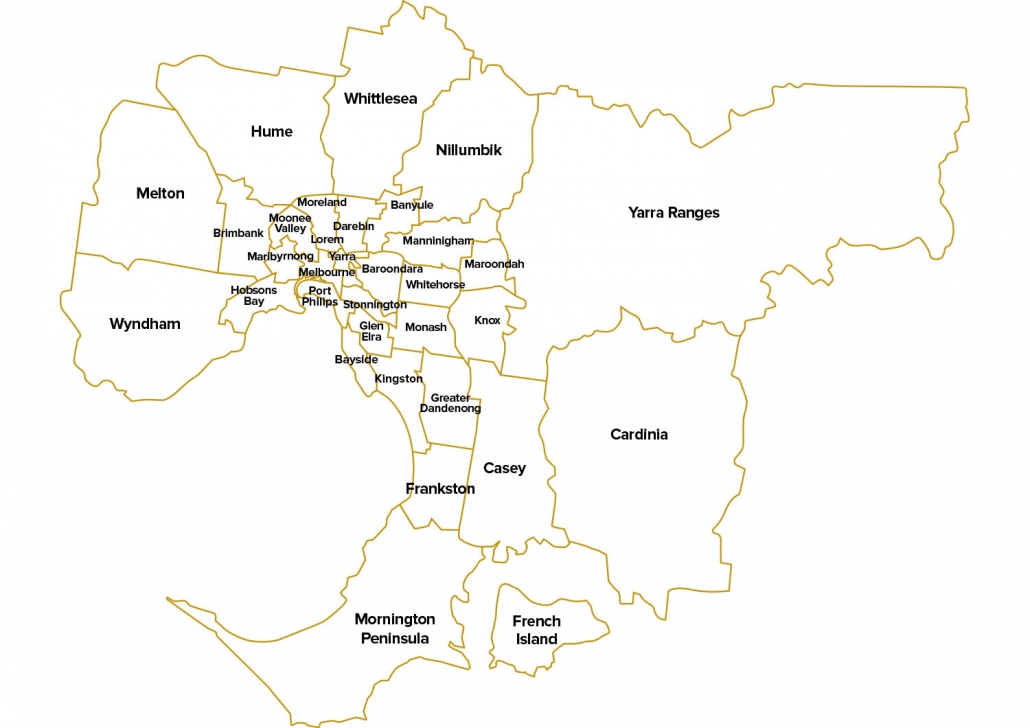
To make this process as simple as possible, we have created guides for pruning and removing private trees throughout the local councils of Victoria. These include:
- The benefits of pruning & removing trees for your community
- The tree protections used in your council
- What you need to know before beginning tree works
- Links to the necessary permits and extra information
- Insight from a tree specialist who works in your region
Below you will find links to the many of the major councils areas around Australia.
New South Wales Council Tree Removal Regulations
The state of New South Wales is a large geographic area with many councils, and many complex regulations when it comes to removing trees.
Below is some more in depth details on what you need to do to remove a tree in one of the many councils in NSW.
Queensland Council Tree Removal Regulations
Still need a little more help?
The team at Jim’s Trees are experts at navigating through Council Requirements, Permits, and all other aspects of the job.
Call us on 131 546 and we’ll explain how we can take all the stress out of the job
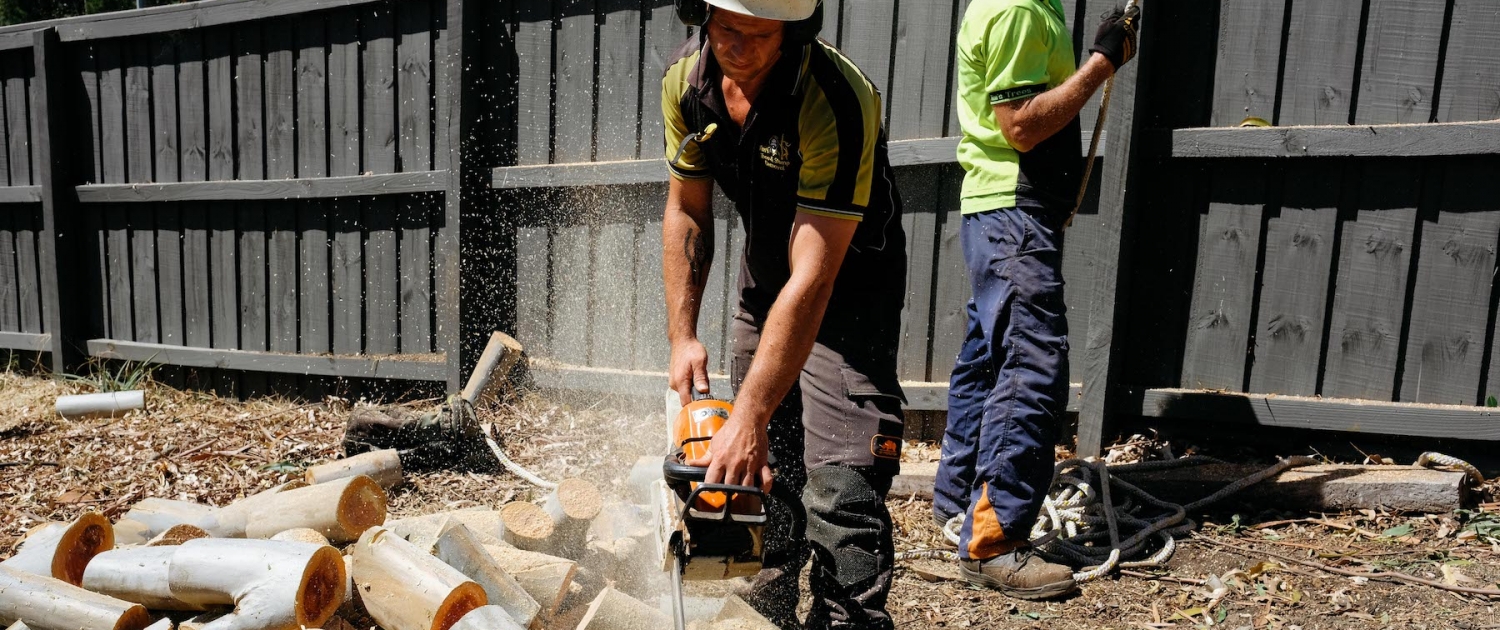
Become a Franchisee
Do you have a passion for honest, customer-focused commercial property maintenance services? Join our large family of expert commercial handymen! We welcome people like you who commit themselves to high standards and take great pride in their work.
Join us and 5,500+ others who have decided to bring unbeatable service across the world.

Experience the Jim’s Trees difference
DIY tree lopping is full of risks, which is why we don’t recommend taking tree care into your own hands. If anything goes wrong, it can put you in serious danger, as well as cause damage to nearby property or neighbouring trees. Special tools and equipment are needed for tree removal and other cutting services – and this is where Jim’s Trees comes in.
As professional tree loppers, we apply our expertise to ensure your property is safe, and we never cut down a tree unless it’s absolutely necessary. By taking proper care of the trees around your home, you can increase the value of your property and avoid making mistakes that could be costly in the long-run.
At Jim’s, we’re focused on providing the best customer service to every customer, and all tree loppers and arborists in our team strive for only the highest standards in their work.

